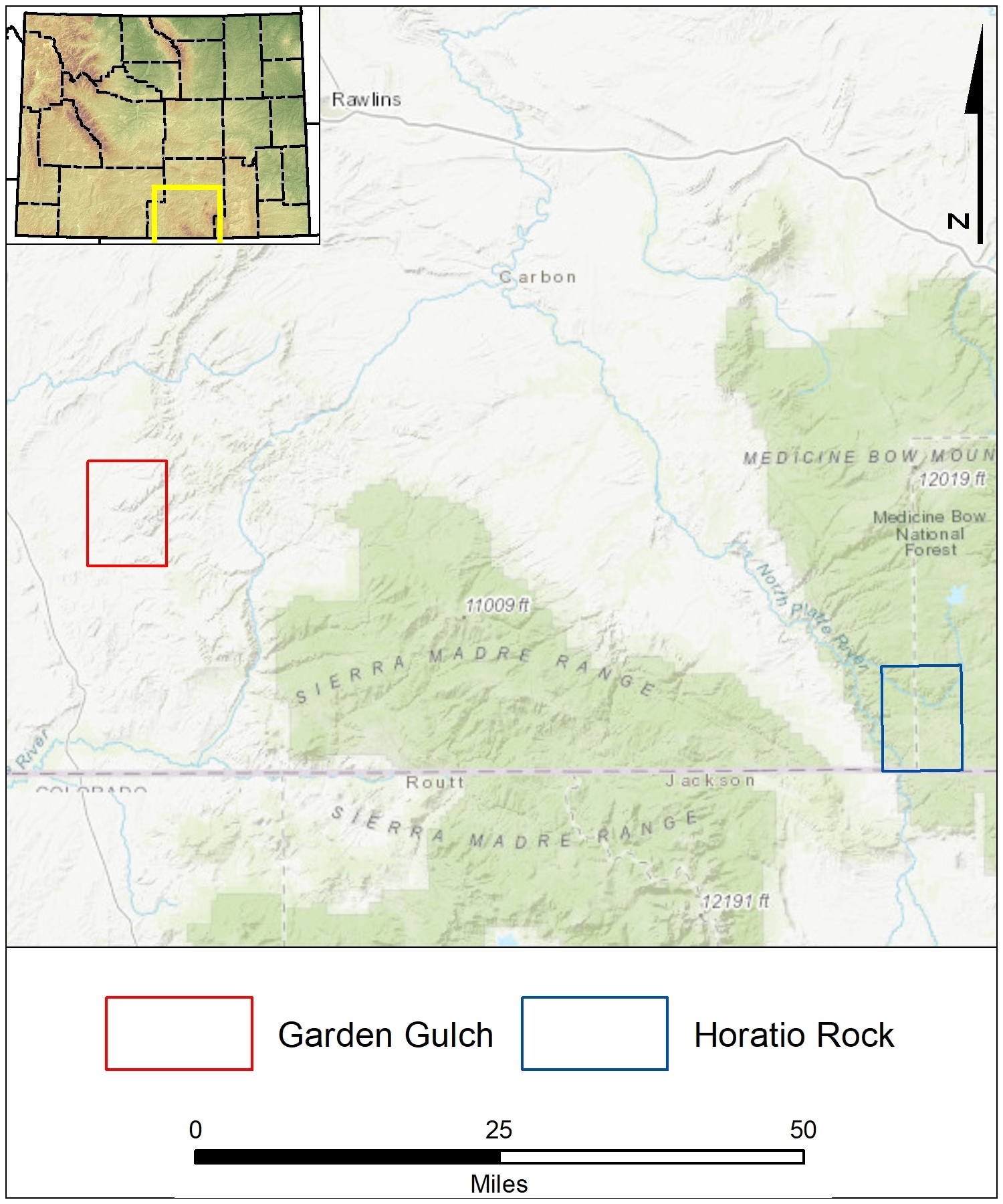NEWS RELEASE: Wyoming Geological Survey Publishes Two New Geologic Maps
Wyoming State Geological Survey sent this bulletin at 07/01/2019 10:22 AM MDT
DATE: July 1, 2019
******FOR IMMEDIATE RELEASE******
Media Contact:
Christina George
(307) 766-2286 x231
christina.george@wyo.gov
Two New Geologic Maps Available
The Wyoming State Geological Survey (WSGS) published two geologic maps of areas in Carbon and Albany counties. The projects are continuations of previous mapping work and contribute to the understanding of Wyoming’s complex geology.
The WSGS created the bedrock geologic maps under its STATEMAP program. STATEMAP is a cooperative agreement with the U.S. Geological Survey’s National Cooperative Geologic Mapping Program. The WSGS has produced more than 100 maps during the more than 30 years it has been a part of this program. The new 1:24,000-scale maps are available as free downloads by clicking on the links below:
- Garden Gulch quadrangle in Carbon County, Open File Report 2019-3
- Horatio Rock quadrangle in Albany and Carbon counties, Open File Report 2019-5
Written technical reports accompany the maps, and provide additional detail about each quadrangle’s unique geology, structure, and economics as well as geochemical and geochronological analyses.
“Geologic maps are a top priority at the WSGS, and each project that we propose to undertake is assessed with five priorities in mind: mineral and energy resources, hydrogeology, geologic hazards, new mapping, and geology of Wyoming,” says WSGS Director, Dr. Erin Campbell. “The two new geologic maps meet all these priorities and provide us with extensive datasets to continue building upon.”
The Garden Gulch project is part of a larger agency goal of completing a swath of 1:24,000-scale geologic maps in the eastern Greater Green River Basin and western edge of the Hanna Basin. The study included collecting coal-quality and geochronology data. The project also focused on the area’s hydrology, with water and natural gas samples taken from numerous natural springs and two wells drilled originally for oil and gas exploration.
“Most of the formations depicted on the Garden Gulch map are Upper Cretaceous in age, deposited in association with the Western Interior Seaway from about 77 to 72 million years ago,” notes Dr. Ranie Lynds, WSGS geologist and lead author. “These formations now slope gently to the west, intersecting the modern hydrologic system that brings water and natural gas to the surface. Beyond the mapping, we are still working to understand this water and gas system.”
The Horatio Rock map is a continuation of previous mapping work in the Southern Medicine Bow Mining District. The investigation focused on identifying the rock units present in the map area, refining the rock unit descriptions, and investigating the area’s mineralization and its relationship to structure and petrology. Multiple samples were collected from the quadrangle and analyzed for whole rock geochemistry, trace elements, metals, and geochronology.
“This quadrangle has both challenging terrain, including a portion of the Platte River Wilderness area, and challenging Precambrian geology,” says WSGS geologist and lead author, Rachel Toner. “The field relationships, geochronology, and geochemical analyses suggest that multiple intrusive events occurred in this area during the Proterozoic.”
Geologists are spending summer 2019 in the field collecting data for the next batch of 1:24,000-scale maps, due out in June 2020. Three teams are mapping the Earnest Butte, Lion Bluffs, and South Baxter quadrangles, south of Rock Springs in Sweetwater County. One team is mapping both the Blind Bull Creek and Pickle Pass quadrangles in the Little Greys River area in Lincoln County.


